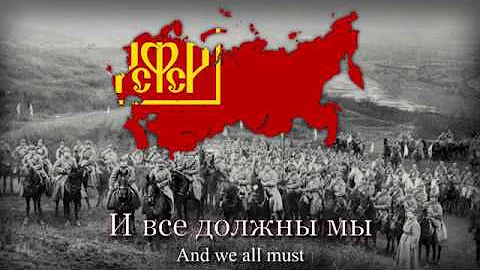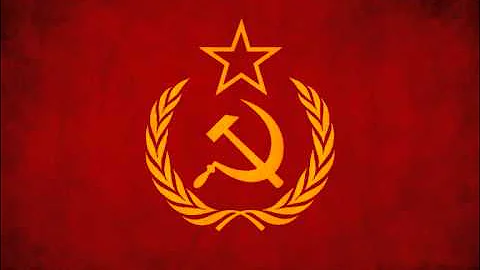In December 1929, our party led the Baise Uprising in Youjiang, Guangxi. The Baise Uprising established the Youjiang Workers' and Peasants' Democratic Government, and also established the Seventh Red Army. After the establishment of the Seventh Red Army, Zhang Yunyi served as the army commander, Deng Xiaoping served as the political commissar, and Gong Chu served as the chief of staff. Soon after, the Seventh Red Army was reorganized, and Gong Chu not only served as the chief of staff, but also served as the commander of the 19th Division, the most powerful combat force.

From the creation process of the Seventh Red Army, we can see that Gong Chu, who was the Chief of Staff of the Seventh Red Army at the time, played a vital role. After that, Gong Chu also held a high position and served as Chief of General Staff of the Red Army As well as chief of staff of the Central Military Region, he is one of the senior generals of the Red Army. However, Gong Chu failed to withstand the test and chose to rebel and surrender to the enemy during the critical period of the Red Army. He was even called "the first rebel general of the Red Army". So, what is the story about Gong Chu?

Gong Chu began to participate in the revolution very early. He joined the Communist Youth League in 1924 and became a formal party member in 1925. After the failure of the Great Revolution, Gong Chu participated in the Nanchang Uprising and the Jinggangshan Reunion, becoming one of the "threesome" on the front committee of the Fourth Red Army, as famous as Chairman Mao and Mr. Zhu. After that, Gong Chu went to Hong Kong to continue his underground work and participated in the subsequent Baise Uprising.
After the Baise Uprising, Gong Chu served as the chief of staff of the Seventh Red Army. After that, Gong Chu and his party led the Seventh Red Army into the central base area and participated in the anti-"encirclement and suppression" battle in the central base area. However, during the fighting in the Central Soviet Area, Gong Chu developed dissatisfaction with the "elimination of counterrevolutionaries" movement at that time, and he was criticized for this. In May 1933, Gong Chu was expelled from the party for one year.

In 1934, Gong Chu restored his party membership. After that, he was appointed as the chief of general staff of the Red Army and became one of the senior generals of the Red Army. In October 1934, the fifth counter-campaign against "encirclement and suppression" failed, and the main force of the Central Red Army was forced to leave the Soviet area. Gong Chu did not follow the large forces to participate in the Long March, but stuck to the base area. He was also appointed as the Central Committee of the Communist Party of China. The chief of staff of the military region led the left-behind Red Army to persist in guerrilla warfare .
However, in the process of persisting in guerrilla warfare, the troops led by Gong Chu suffered heavy losses and lost contact with the larger army. The conditions were very difficult. Against this background, Gong Chu was defeated by difficulties and setbacks. He secretly left the army one night in May 1935, rebelled and defected to the Kuomintang. After defecting to the Kuomintang, Gong Chu was recruited by Yu Hanmou and served as the "Northern Guangdong Joint Defense Director", responsible for "encirclement and suppression" of the Red Army guerrilla forces. He used his status as a senior general of the Red Army to trap many Red Army soldiers, Chen Yi Senior generals such as and Xiang Ying almost fell into his trap.

In November 1949, Gong Chu surrendered to the People's Liberation Army. Soon after, he was sent to Hong Kong to persuade Xue Yue to surrender. However, after arriving in Hong Kong, Gong Chu did not carry out the tasks assigned to him by our party, but stayed in Hong Kong for a long time. After that, Gong Chu settled in Hong Kong, did business in Hong Kong, and became a successful businessman. However, for Gong Chu, his hometown is in the mainland. As he gets older, he misses his hometown more and more. In the late 1980s, after our party issued an announcement that it would no longer pursue criminal activities committed by Kuomintang military and political personnel before the founding of the People's Republic of China, Gong Chu had the idea of returning to his hometown.

In September 1990, Gong Chu and his wife returned to his hometown to settle down. After returning to his hometown, he sent a telegram to Deng Xiaoping and reported to Deng Xiaoping how he returned to his hometown. After Deng Xiaoping learned about it, he specifically called Gong Chu back. In fact, during the Baise Uprising, Gong Chu and Deng Xiaoping had a close cooperative relationship. Both of them participated in leading the Baise Uprising. Although Gong Chu later took a detour, Deng Xiaoping still expressed cordial greetings to his return home, and Told Gong Chu to live a good life. This made Gong Chu, who had once rebelled, have mixed feelings and couldn't help but burst into tears. He could not have imagined that a national leader with so many things to deal with would care so much about him. In his later years, Gong Chu mainly lived in his hometown. He died of illness in 1995 at the age of 94.


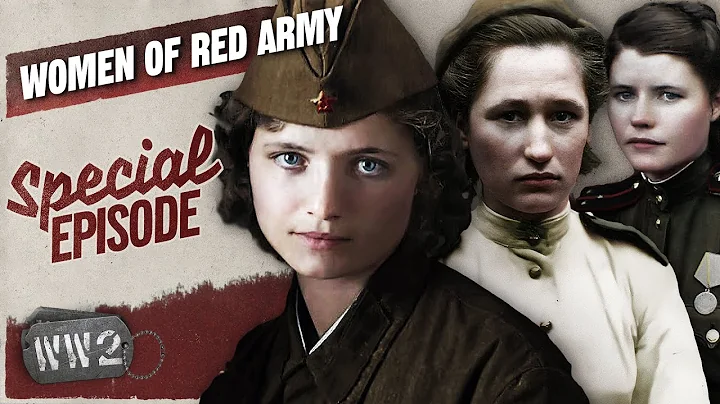

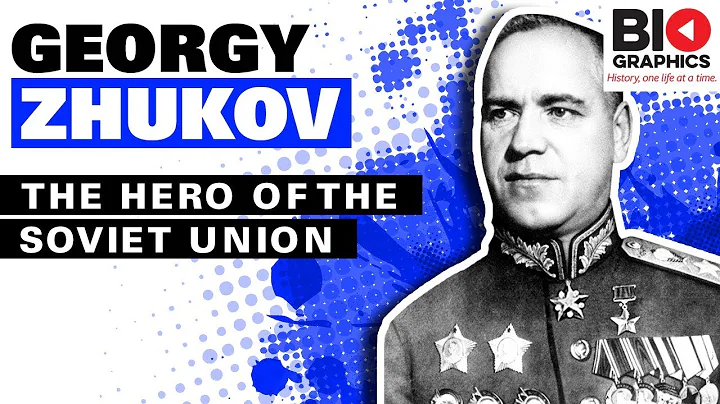
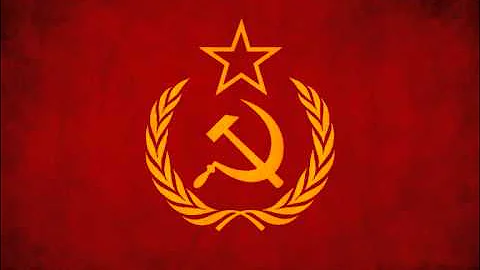
![[Eng CC] Soviet March - 1980's Soviet Army [Red Alert 3] - DayDayNews](https://i.ytimg.com/vi/t-VbAZcyZ_U/hq720.jpg?sqp=-oaymwEcCNAFEJQDSFXyq4qpAw4IARUAAIhCGAFwAcABBg==&rs=AOn4CLB0yag0G0LR9dRh3eVdvFnWtAGWqg)
